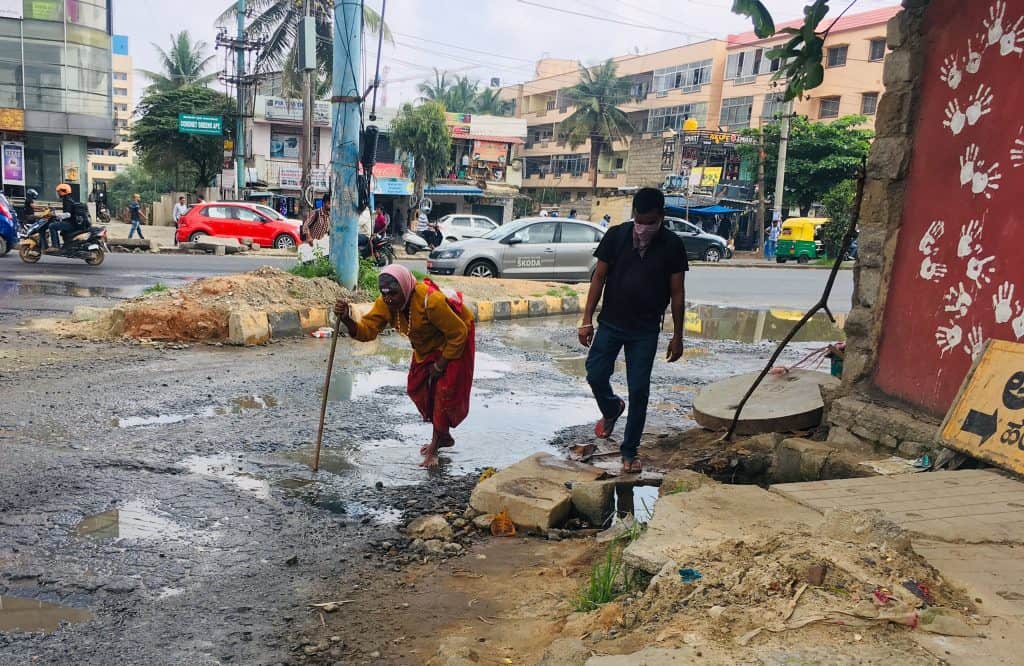The webinar was titled “The mysterious process of budget allocations”. The panellists were all people who had for many years studied budgets, the process and its many shortcomings. They could not solve this particular mystery. But all gave very practical steps to give the budget more meaning and substance and make it less mysterious.
To me, at the end of the discussion, one thing stood out. The figures all budgets bandy about, in this case especially the thousands of crores supposedly allocated to Bengaluru, mean absolutely nothing. Their yearly presentation is a meaningless ritual that the law demands.
My point is no number the budget gives represents the whole truth. In other words, what gets actually spent, on what, by whom and what we will have to show on the ground for this, have no relevance to what the budget figures say. Though that is precisely what we need to know, but will never be told.
There is something called a revised estimates of expenditure that is normally put out after the budget. This, usually, is vastly different from what the budget says. The CM makes no public speech on these revised estimates. And the babus will not reveal the reasons for the change.
Adding to the confusion
Apparently, the Karnataka Chief Minister’s budget speech this year was the longest ever in the state’s budgeting history. The speech revealed his sudden fascination with roads and road projects like flyovers, elevated corridors and what not. Around 60% of the various allocations for Bengaluru mentioned in the budget is meant for “roads”.
Read more: Karnataka budget focuses on roads and buildings, not on people
One wonders, then, why the chief minister suddenly cut his intention to build 11 new flyovers in the city to just three. Certainly not because just about every mobility expert has pointed out that flyovers are the worst solution for the city’s traffic woes. Despite which the BBMP in its budget (the city budget) upped the number of flyovers to be built to around 16. Which number, if any, are Bengalureans to believe?
More announcements of allocations were made in the BBMP budget presented over a week after the state budget. Which turned out to another meaningless statement of figures, with allocations for this and that. BBMP has been doing this on its own as there has been no elected municipal council for the past three years. Though the powers that be at BBMP insist that citizens’ suggestions have been considered in the making of these figures.
If it has, well and good. But the question remains, what do these figures on allocations actually mean on the ground. As neither the process of arriving at these figures nor what it is actually meant to achieve is ever made transparent, any analysis and comments on these numbers will be equally meaningless.
Unanswered questions
Have you ever stopped to think what impact, if any, have all these allocations had or will have on the quality of life in the city for the average citizen?
Let’s take just one of the many figures bandied about recently. That the state had granted the city of Bengaluru over Rs 28,000 crore over the past six years. The bulk of it apparently spent on roads, waste management and flood control. But what does the city really have to show for this largesse?
If anything, just about on every parameter, the city today is worse off than six years back. Its roads are the most hazardous in the state, says a CAG report. Flooding due to rains is worse than what it was six years back, 2022 seeing some the city’s worst floods. Waste management? Going by the city‘s ranking in the Swachh Bharat survey, there is no improvement there either.
Read more: How Bengaluru roads can be free of potholes
So on what has that Rs 28,000 cr really been spent? Can the government point to one unique project that this money has given to this city? However, one indicator on where some of it has gone could well lie in the affidavits that candidates in Bengaluru will soon be filing for the assembly polls: every single one would likely show an impressive increase in personal wealth as compared to the last assembly polls.
But that is a story for another day.

Not the Karnataka budget alone
The point I am trying to make here is that all of us, especially media people, are better off ignoring all these budget figures on allocations.
Unfortunately, it is news and needs to be published. But with a caveat that reads: “Caution: The figures given here mean nothing. We do not know how the figures mentioned in earlier budgets have been spent. We have no idea on how the current figures were arrived at, or are going to be spent”.
It is time to create awareness of the emptiness of all these figures as few of the projects it is supposedly meant for will even get off the ground before polling day. Or even after. If one thing is sure, it is that Bengaluru’s infamous traffic snarls will get worse in 2023, all the figures and promises notwithstanding.